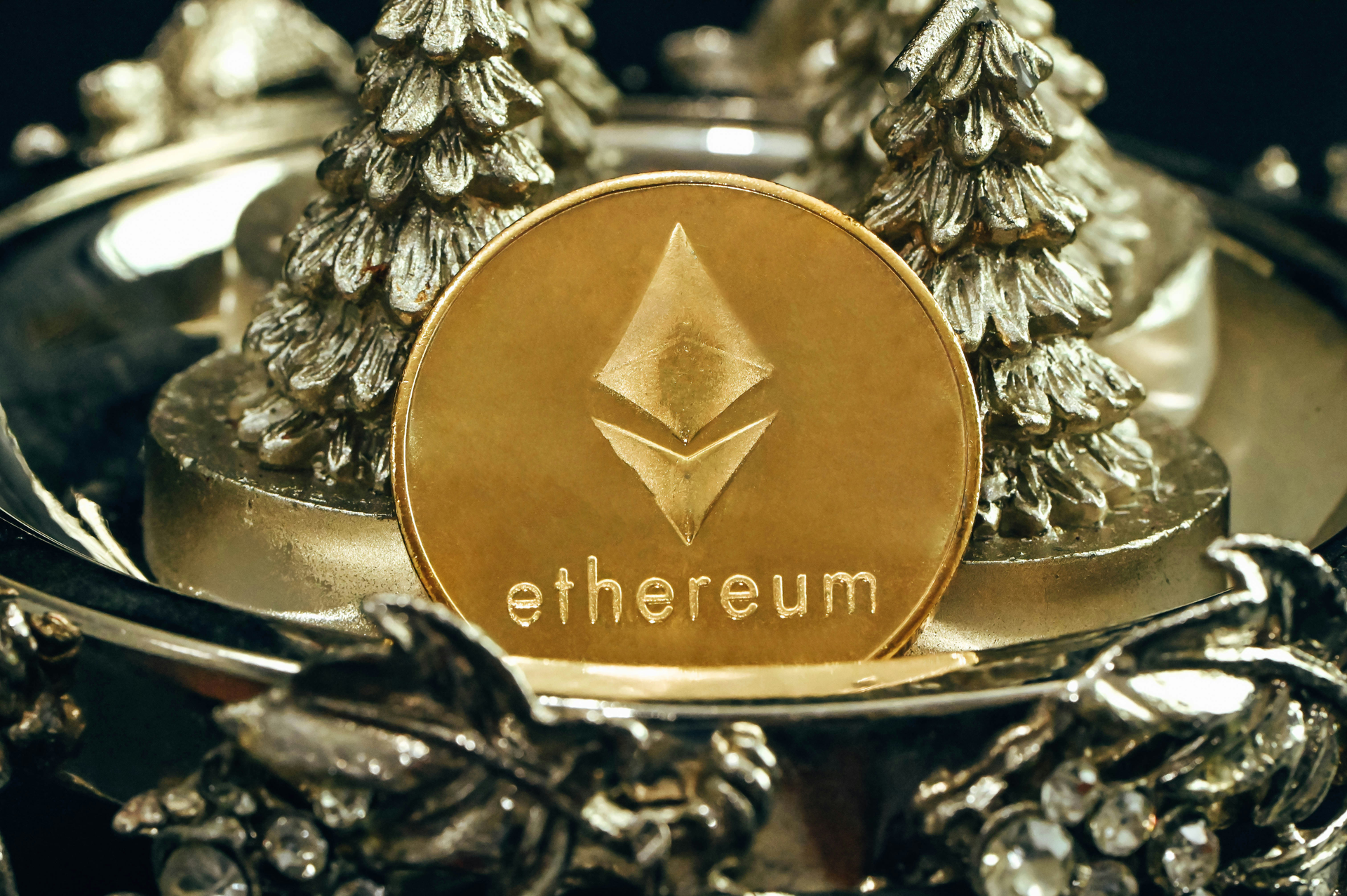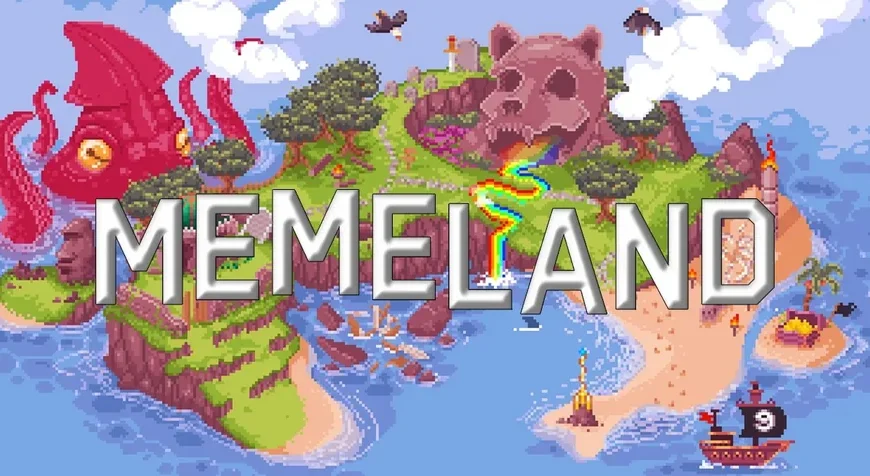Ethereum, the second-largest blockchain network, is well-known for its robust capabilities in supporting decentralized applications (dApps). However, its main network (Layer 1 or L1) can become congested, leading to slow transaction times and high fees. To address these issues, Layer 2 (L2) solutions have been developed, providing the scalability needed to foster the growth of applications such as DeFi, gaming, and NFTs. In this blog, we’ll explore the different types of Layer 2 solutions, including rollups, state channels, and validiums, and how they work together with Ethereum’s main network.

Table of Contents
- Why Do We Need Layer 2 Solutions?
- Types of Layer 2 Solutions
- How L1 and L2 Work Together
- Current Adoption and Future Prospects
- FAQ
Why Do We Need Layer 2 Solutions?
Layer 1 networks like Ethereum are secure and reliable, but they face limitations in transaction throughput. Currently, Ethereum can process around 15 to 30 transactions per second (TPS), which pales in comparison to centralized systems like Visa that can handle thousands of TPS. When traffic on the network spikes, users experience higher gas fees and longer wait times for transactions to be confirmed.
Layer 2 solutions address these scalability challenges by processing transactions off-chain or on secondary chains while leveraging the security of the base blockchain. This architecture allows for faster transactions, reduced costs, and improved scalability, making Ethereum more viable for handling large transaction volumes.
Types of Layer 2 Solutions
There are several types of Layer 2 solutions that enhance Ethereum’s functionality:
1. Rollups
Rollups are a popular Layer 2 scaling solution that bundles multiple transactions together into a single batch, which is then submitted to the main blockchain. This process reduces fees and minimizes congestion on the Layer 1 blockchain. There are two main types of rollups:
- Optimistic Rollups: These assume that all transactions in a batch are valid unless challenged. This model introduces a short delay to allow for fraud detection, which can slow down withdrawals.
- ZK Rollups: Zero-Knowledge Rollups utilize cryptographic proofs to verify transactions off-chain. They achieve immediate transaction finality and reduce data overhead by submitting only the necessary proofs to the main blockchain.
2. State Channels
State channels allow users to conduct multiple off-chain transactions directly with one another, only recording the final state on the main blockchain. This method is highly scalable and allows for instant transaction finality, making it ideal for applications requiring frequent interactions, such as gaming or micropayments. Participants can transact freely within the channel until they decide to settle on the base blockchain.
3. Validiums
Validiums operate similarly to ZK rollups but store transaction data off-chain, further enhancing scalability. By offloading data from the main blockchain, Validiums can process a higher number of transactions per second at a lower cost. However, this approach introduces some risks, as users must trust the entities managing the off-chain data.

How L1 and L2 Work Together
Layer 1 and Layer 2 solutions collaborate through bridging, allowing users to transfer assets, like Ether, between the two layers. L2 processes transactions off-chain, bundles them, and sends a summary back to L1. This integration ensures that Ethereum remains decentralized, secure, and scalable.
Current Adoption and Future Prospects
As of now, over $30 billion is locked in Ethereum’s Layer 2 solutions, illustrating their growing importance in the blockchain ecosystem. With the increasing popularity of DeFi, NFTs, and gaming applications, Layer 2 solutions are expected to play a crucial role in Ethereum’s future scalability and usability.
FAQ
What are Layer 2 solutions?
Layer 2 solutions are secondary protocols built on top of primary blockchains like Ethereum, designed to improve transaction throughput and reduce costs by processing transactions off-chain.
How do rollups work?
Rollups bundle multiple transactions together and submit them as a single batch to the main blockchain. This reduces congestion and transaction fees.
What is the difference between optimistic rollups and ZK rollups?
Optimistic rollups assume transactions are valid by default and only verify them if challenged, while ZK rollups use cryptographic proofs to verify transactions off-chain and achieve immediate finality.
What are state channels?
State channels allow users to conduct multiple off-chain transactions directly with one another, recording only the final state on the main blockchain, which enables faster and cheaper transactions.
What are validiums?
Validiums are Layer 2 solutions that store transaction data off-chain, allowing for higher scalability but requiring trust in the entities managing the off-chain data.
In conclusion, Layer 2 solutions are essential for Ethereum’s scalability and efficiency. By reducing transaction costs and processing times, they are paving the way for broader adoption of blockchain technology in various applications.


![Unlocking the Power of Fan Tokens: A Step-by-Step Guide [Part 1]](https://coinqlo.com/wp-content/uploads/2024/12/Depositphotos_503743464_L-870x570.jpg)
![Creating Your Own Fan Token: A Step-by-Step Guide [Part 2]](https://coinqlo.com/wp-content/uploads/2024/12/0a6e2bc8-7679-4f96-8e43-ff7dfa1eca25-870x570.png)